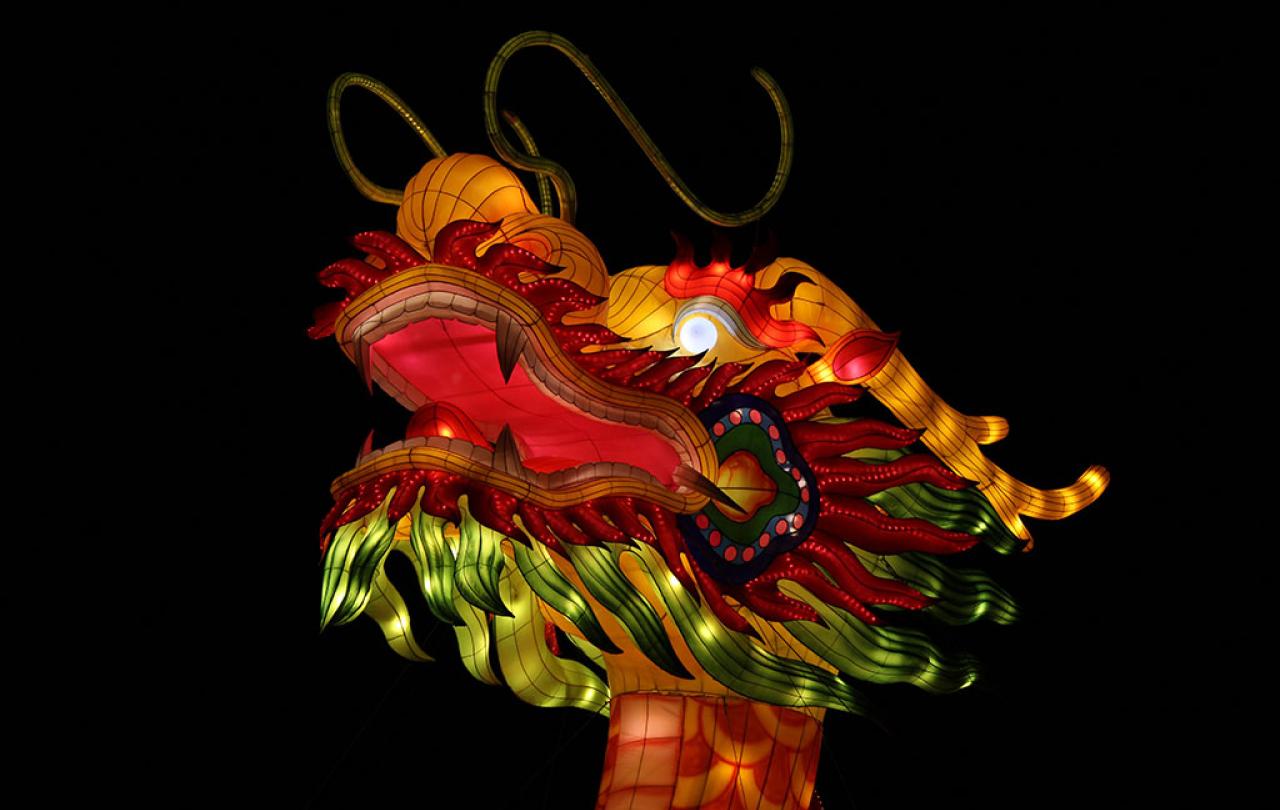In the coming days across Britain, the poppied public will gather around cenotaphs. Polished boots, flapping scarves, bowed heads, fidgety Brownie-Guides, regimented Cadets – all will pause in hushed reverence as the Last Post echoes in the cold air. It’s a scene that’s meant to unite us, a national ritual of grief and gratitude.
But for one close friend of mine, it is a ritual that is almost unbearable. She doesn’t go to local remembrance events anymore. Not because she doesn’t care, but because she cares so deeply that she weeps. Real tears - big ugly ones. And while the music is designed to evoke poignancy, and the silence is meant to be solemn, she fears that her public displays of emotion are perceived by those around her as a bit over the top. Surely the British stiff upper lip ought not to tremble, let alone cry? We are the nation of Keep Calm and Carry On after all. So, she stays away.
Philosopher Sara Ahmed, in her book The Cultural Politics of Emotion, offers some profound insights into why we act the way we do about our feelings. Ahmed writes that emotions are often cast as a kind of weakness – a betrayal of our ability to reason. They are something messy and animalistic, something we are meant to control. In this view, to show emotion is to reveal that you have been shaped by something or someone outside yourself. It reveals that you are vulnerable, only human after all.
And yet – isn’t that exactly what Remembrance is about? When we gather at a cenotaph, we are not there to demonstrate the stiffness of our upper lips. We are there to grieve; we are there to be moved by the stories of young lives cut short, families broken, sacrifices made. The very design of the ceremony – the bugles, the silence, the laying of wreaths – is intended to stir emotion. Yet, paradoxically, there is a hidden social code of conduct that seems to say: but not too much.
Ahmed explores several ways in which the social world shapes our emotional lives. Emotions, she argues, are not just private feelings bubbling up from within, they are also social, and they can be contagious. The atmosphere of a Remembrance service is just that – carefully crafted to invoke communal feeling: solemnity, pride, sadness, reverence. The power of such rituals lies in the way they gather us into a collective “we.” But that same collective can turn cold when someone expresses too much, breaks the silent script, or cries too loudly.
In one of his letters to the first Christians, the apostle Paul wrote: “Rejoice with those who rejoice, weep with those who weep.” It’s a call not just to feel one’s own emotions, but to enter into the emotions of others, to share in them and show solidarity. And this, in essence, is what the cenotaph service is all about. It is a physical and symbolic place to “weep with those who weep” – to acknowledge that loss and grief are not individual experiences, but shared ones. A soldier’s death, whether in historic conflict or in the present day, is not just a family’s burden. A death on behalf of all of us belongs to all of us.
So why do people seem uncomfortable when someone like my friend weeps openly in this space? Perhaps it is the long shadow of British wartime stoicism. At one time, the slogan “Keep calm and carry on” was intended to protect a struggling populace from giving in to despair, it was intended to create a shared emotion of resilience. But perhaps an unfortunate side effect is that it has perpetuated a notion that dignity lies in restraint. This is a cultural script, and it isn’t universal. In many parts of the world, public mourning is expected, even encouraged. Wailing, keening, clutching each other in grief – some cultures see these as honourable ways of expressing sorrow. They honour the dead by fully feeling their absence.
We need to ask ourselves: what is lost when we suppress this kind of mourning?
When we limit how people are allowed to feel – or, at least, how they are allowed to express their feelings – do we risk losing the very power of the ritual? Do we risk turning the cenotaph into a site of performance rather than connection, excluding those who feel too deeply to fit inside a narrow band of “acceptable” solemnity?
This is not a call to abolish the dignity of Remembrance Day. But perhaps it is a plea to broaden our understanding of what dignity can entail. Sometimes, it looks like silent contemplation. But perhaps sometimes it looks like messy tears streaming down your face in front of strangers. Both can be powerful; both can honour the sacrifices of war.
As Ahmed notes, shared emotion can create a sense of “we.” It is why we go to movies together, cry at weddings, laugh at sitcoms in the company of others – emotional moments bond us. In this way, emotions are not just personal, they are political. In the context of Remembrance, they remind us that war is a human tragedy, felt in human hearts. Even though today, fewer families have direct ties to the armed forces, and fewer people personally know someone who has served or died in uniform, yet, the cenotaph ceremony still calls us together and asks us to care, to remember, to mourn – and it gives us permission to cry before we carry on.






